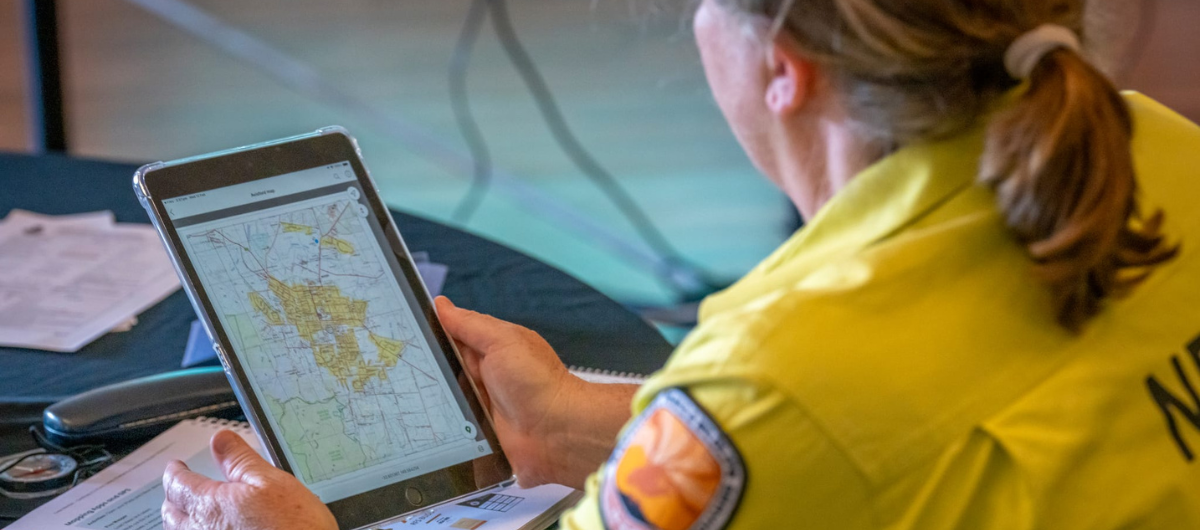National Parks Wildlife Service (NPWS) Data Management Platform

A cloud-based platform to store and integrate data on national park management including weed control actions, threatened species management, fire, heritage assets and more
The NSW Department of Climate Change, Energy, the Environment and Water (DCCEEW) recognises that data and digital capabilities are not just tools – they are critical enablers of how we deliver services. High-quality data and modern digital technologies are essential to how the NPWS protects our natural environment by improving decision-making, targeting investment, and strengthening our accountability to the communities and landscapes we serve.
Achievements
The NPWS Data Platform, built on Microsoft Fabric, consolidates data from various systems, enhancing data accessibility and uplifting staff digital capability. It reduces extensive manual data processing, provides streamlined access to vital information, and establishes a solid foundation for data-driven decisions that will help with reporting, resource allocation and operational efficiency. Fully leveraged, the platform will revolutionise NPWS operations, improving efficiency, productivity, and enabling transparent, timely, and responsive decision-making aligned with real-world needs.
Engagement
The NPWS adopts a customer-focused approach to service delivery, tailored to the unique needs of managing over 895 national parks and reserves. Staff engage in diverse tasks, including plant and animal conservation, fire management, visitor services, research, education, and volunteer programs. NPWS data system owners and users played a critical role in shaping the project’s scope and implementation. Their on-the-ground knowledge, expertise, and commitment drove the successful delivery of project outcomes, fostering ongoing evaluation and continuous improvement initiatives.
Department leading the project
Department of Climate Change, Energy, the Environment and Water